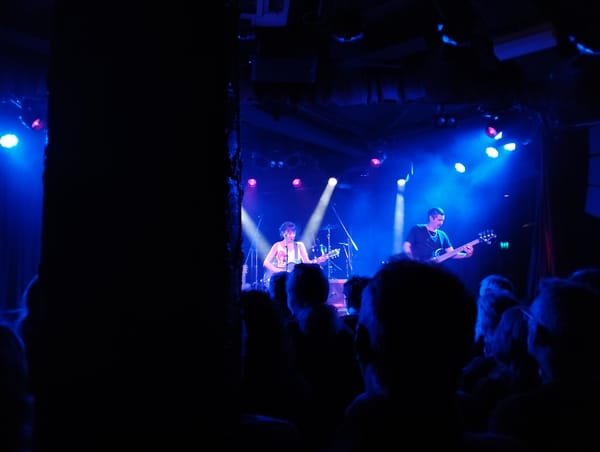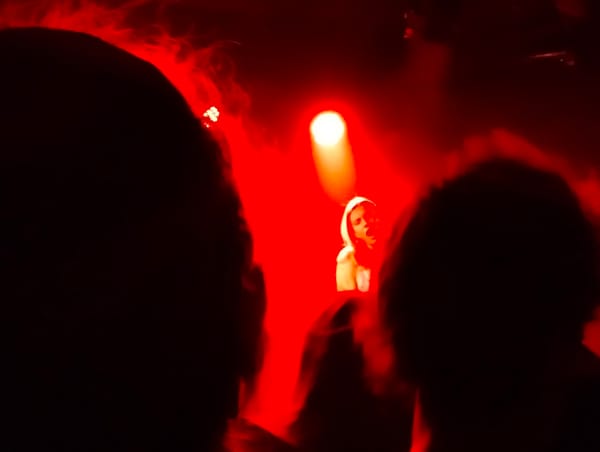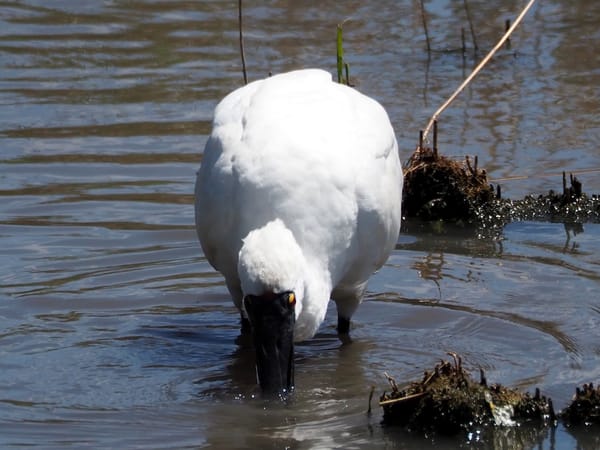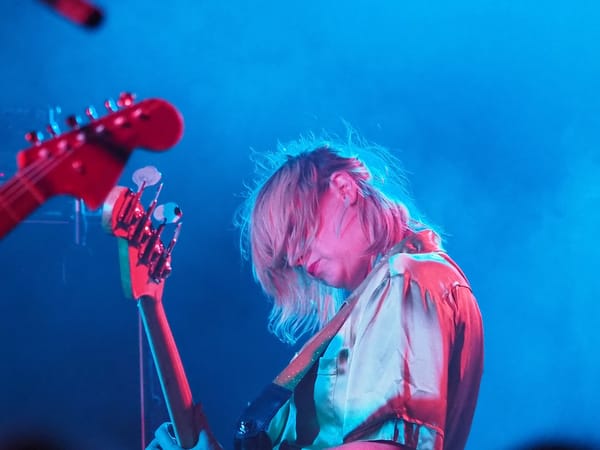Ballarat and the Biennale
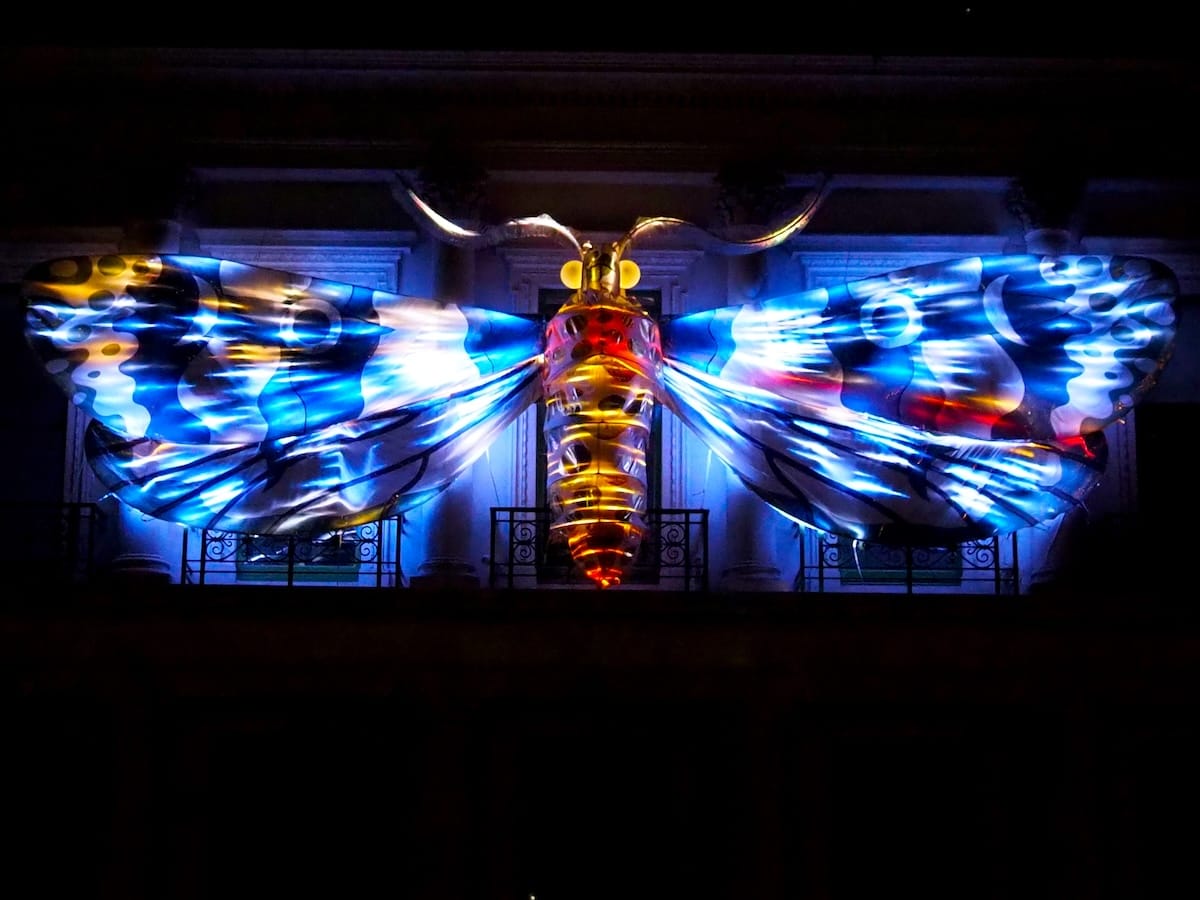
When did Ballarat get so good?
We spent this past weekend checking out Ballarat's International Foto Biennale. The Biennale exhibits photography in galleries, in local businesses, in public buildings and on the street, such that checking out the photos means checking out Ballarat too. What we found was a city that's not exactly booming yet full of interesting spaces and happenings.
It's a cool event. It changes the nature of space in that streets and ginnels become places to stand and look at walls, and hotels and restaurants become public spaces while also still being commercial spaces where others are sitting and eating (or whatever it is they're doing there).
Adrian mused that it was like being in The City & The City, with the residents of Besźel looking at photos while standing slightly too close to the Ul Qomans eating a meal, each ignoring the other by mutual convention.
We stayed at Craig's Royal Hotel which is a big, rambling gold rush-era place with a nice lobby bar, a ye olde lift complete with ye olde scissor doors, and a creepy staircase down to the cellar where they store beer and secrets. It's a great place.
I had the foresight to bring a camera with me. Often when I go see something artsy it gives me ideas and motivation, so it was really cool to make use of those creative juices in real time and take pictures as we walked around from one part of the program to the next.
I even made an album of the good ones! Have a look!
There was a lot to love in the Biennale itself. Of the big famous bits of the program, I most enjoyed Campbell Addy's I ♥︎ Campbell which I found warm and honest. This contrasted with the Robert Mapplethorpe exhibition which (like most 70s and 80s New York scene art stuff) didn't exactly see its audience as equals.
Catherine Leroy's pictures from the Vietnam War were nothing short of harrowing. It was weird also reading her letters to her parents where she discusses her career trajectory as a young photojournalist while living among such horrors.
I was glad the Biennale also included Lê Nguyên Phương's photos showing Vietnam through the eyes of locals, being himself and his father. I much preferred this perspective.
Some of my favourite parts of the program were those full of humour. There were three in particular. Gordon Monro's Asymmetries of Ballarat celebrated that one frigging window that is the wrong shape and other failures of symmetry in the built environment.
Another Gordon (Gordon Flynn) paired up pictures taken over the last 40 or more years based on some commonality, always cleverly chosen and often hilariously. (I wish I had a link for that one.)
The prize for most laughs, however, went to Brian Jefferies for his Different Worlds, a collection of pictures of businesses each called something-world. Each had a frame matched to a colour picked from the photo which worked really well. Perhaps unsurprisingly, most or all of these businesses were in Queensland.
There was loads more worthy of mention, such as Reneé Stirling who made photos of the sandy path through trees to the beach look just as cool as it does in real life, Rudiger Wasser's indoor shopping mazes of escalators and mirrors, and Phil Watt's moody reflections on lockdown isolation.
As a horror fan it would be wrong of me not to mention Jo Armstrong's Echoes of Fear which paid homage to movies including It, Scream and The Blair Witch Project. I particularly loved the one of Ghostface driving a Datsun. These were aptly displayed in The Crypt, a cute theatrical cocktail bar.
Every town should have an event like this. Then I wouldn't have to wait two years for the next one.
